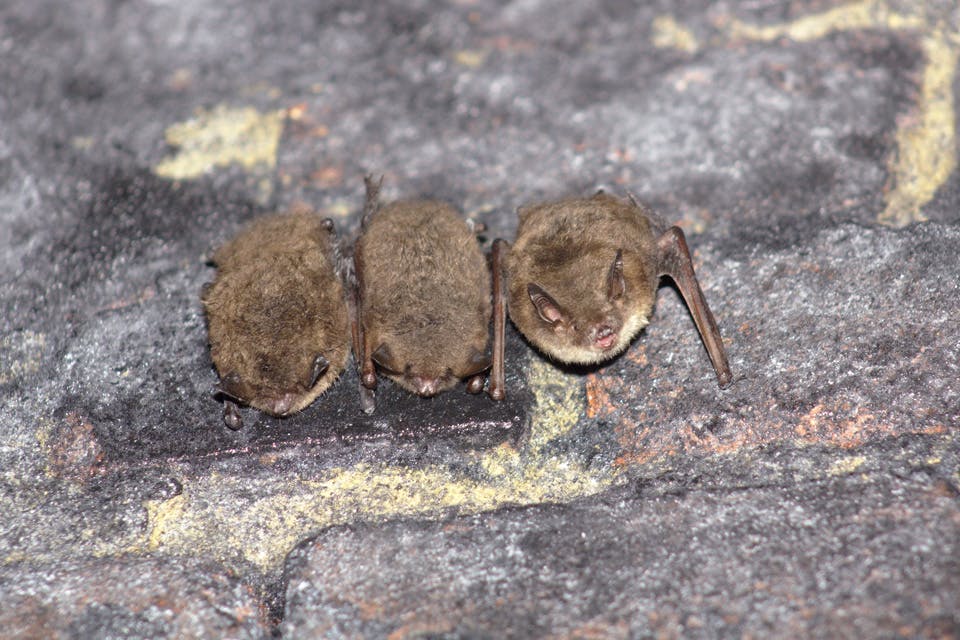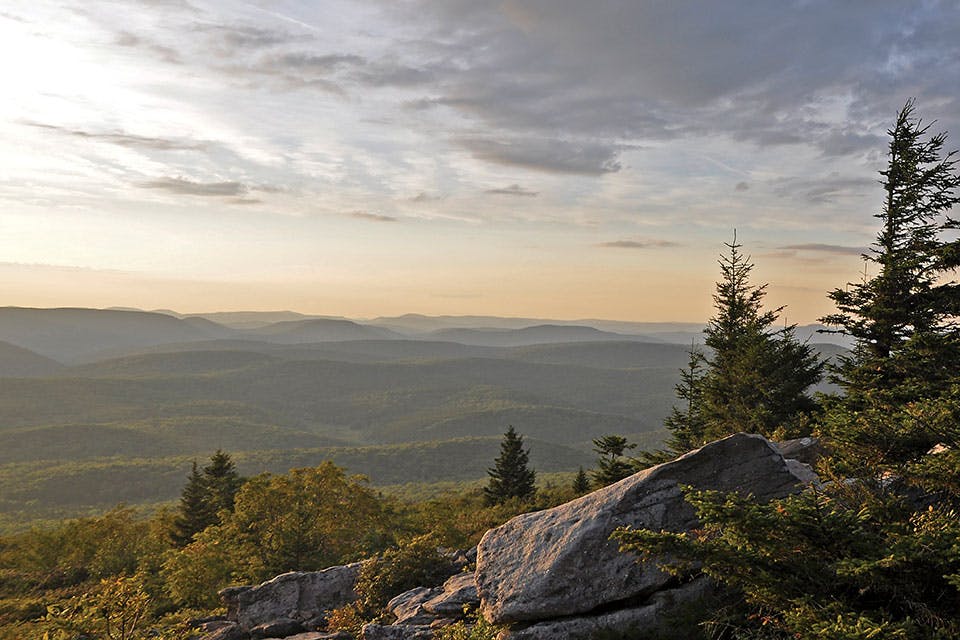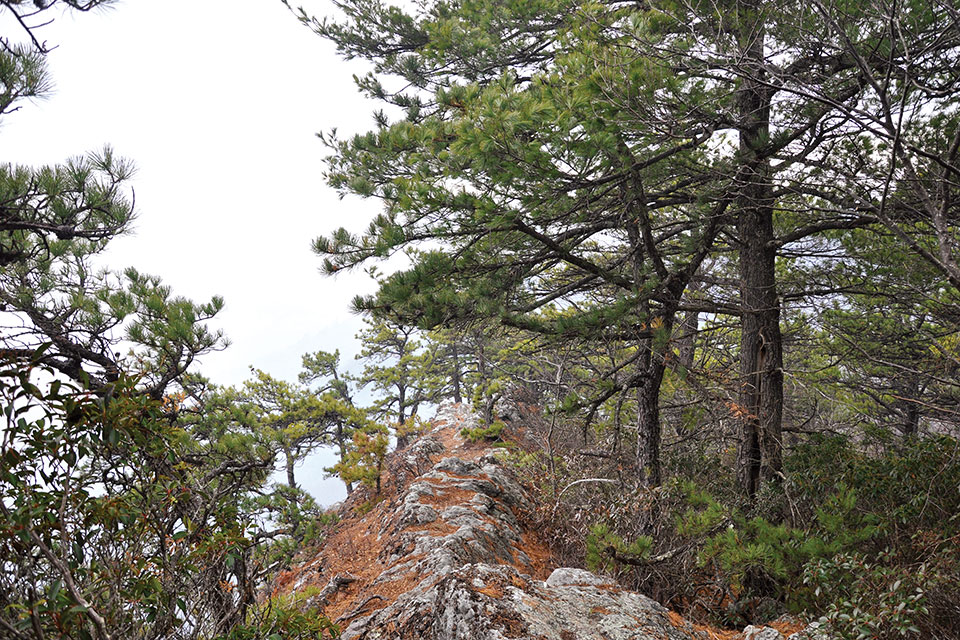Travel
| Long Weekends
West Virginia: Hiking, Rafting & Camping
Whether you’re looking to hike, camp or raft, a trip to West Virginia promises a wealth of experiences for all ages and skill levels.
Related Articles

Ring in the New Year with Ohio Department of Natural Resources’ First Day Hikes
Take part in these outings that mix gentle exercise, outdoor exploration and wildlife discovery across our state’s parks and natural areas. READ MORE >>

This Cincinnati Festival Debunks Myths About Bats
Experts from the University of Cincinnati lead the fourth annual Ohio Bat Fest on Oct. 25, raising awareness about this often-misunderstood creature. READ MORE >>

Peebles Named Ohio’s 22nd Buckeye Trail Town
The Buckeye Trail Association invites hikers and visitors to head through this southwest Ohio town while venturing along the 1,444-mile route that helps connect Ohioans with nature and history. READ MORE >>






